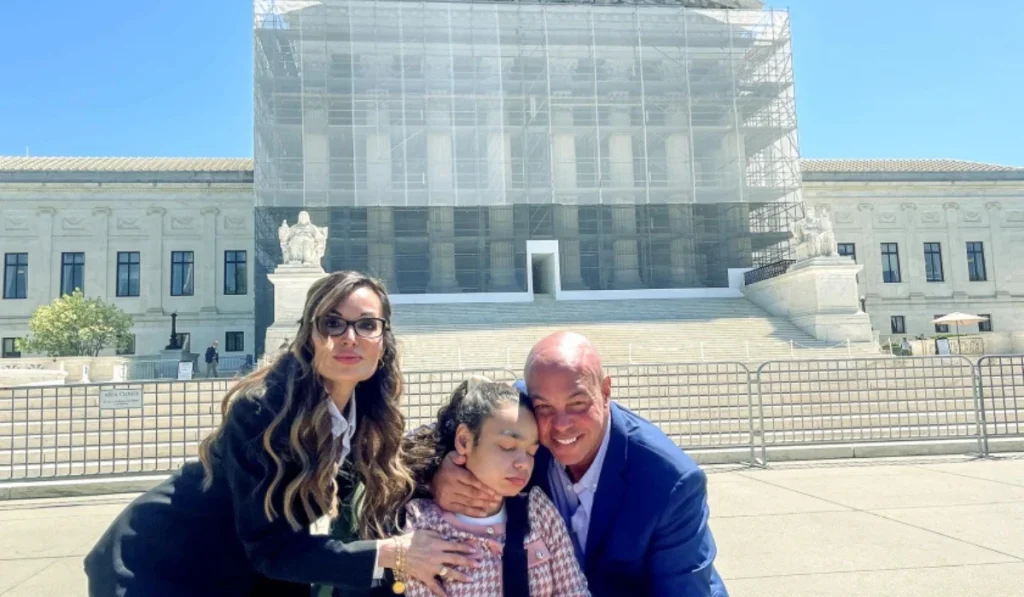President Donald Trump’s administration unveiled its much-anticipated “skinny budget” proposal for fiscal year 2026, calling for sweeping reductions in federal spending, especially in education. The blueprint slashes the U.S. Department of Education’s budget by $12 billion, amounting to a 15% cut from current levels, as part of a broader attempt to reduce nondefense discretionary spending by 22.6%.
The proposed budget, released in late April, outlines a total $163 billion reduction in federal spending. While the final budget must be approved by Congress, this initial outline is a bold signal of the administration’s fiscal priorities and policy direction.
Key Education Cuts at a Glance
According to the White House summary and U.S. Department of Education documentation, the Trump administration’s education cuts would affect a wide range of student support programs, particularly those aimed at low-income, first-generation, immigrant, and disabled students. Here’s how the cuts break down:
-
$4.5 billion in reductions would come from consolidating 24 K-12 grant programs and seven IDEA (Individuals with Disabilities Education Act) programs into just two new funding streams. This includes eliminating or folding programs such as Supporting Effective Instruction (Title II-A) and the Full-Service Community Schools grant.
-
TRIO and GEAR UP, two critical federal programs that help disadvantaged students transition to and succeed in college, would see combined cuts of $1.16 billion, threatening services like tutoring, mentoring, and college prep in underserved communities.
-
Federal Work-Study programs, which provide part-time jobs for low- and middle-income students to help pay for higher education, would be slashed by nearly $1 billion—a move higher education advocates say could harm access for students already struggling to afford tuition.
-
English Language Acquisition programs, which support immigrant and English Learner (EL) students in achieving language proficiency, would be cut by $890 million, raising concerns among educators serving growing EL populations.
-
The Office for Civil Rights, which investigates discrimination complaints in schools and ensures compliance with federal civil rights laws, would lose $49 million, weakening federal oversight of equity in education.
-
Teacher Quality Partnerships grants, which support teacher recruitment and preparation in high-need districts and higher education institutions, would be reduced by $70 million.
Despite these sweeping cuts, Title I funding—the largest federal K-12 program that supports schools with high numbers of students from low-income families—would remain untouched, according to a U.S. Department of Education spokesperson.
Charter Schools Among Few Winners
In contrast to the deep reductions, charter schools would see a funding increase of $60 million, bringing total federal investment in charters to nearly $500 million. The administration says the increase reflects its commitment to expanding school choice and offering families more education options outside of traditional public schools.
Secretary Linda McMahon: “A New Era in Education”
Education Secretary Linda McMahon, who assumed the post earlier this year, defended the budget during a press briefing.
“The Skinny Budget saves billions in taxpayer dollars from going to duplicative, unaligned, or non-essential programs,” McMahon said. “I look forward to presenting a complete FY2026 budget in the future and working with Congress to deliver on the promise for a new era in education.”
Critics argue that such cuts would disproportionately affect students who already face systemic barriers to educational attainment. Advocacy groups including the National Education Association (NEA) and Council for Exceptional Children (CEC) have issued statements condemning the proposed reductions.
NEA President Becky Pringle called the plan “a direct attack on America’s most vulnerable children,” adding that “instead of investing in students and educators, this budget guts the very programs that help children thrive.”
What Happens Next?
While presidential budgets are not binding, they are political documents that lay the groundwork for negotiations. The House and Senate Appropriations Committees will now begin reviewing the proposal, with hearings expected throughout spring and early summer. Lawmakers will then draft and vote on their own budget bills for FY2026.
Many education advocates believe bipartisan pushback could blunt the administration’s efforts. Democrats and even some Republicans have historically resisted deep education cuts, particularly to special education and college access programs.
According to the Center on Budget and Policy Priorities, past Trump-era budget proposals with similar education cuts were rejected or significantly watered down by Congress.
The National College Attainment Network warned that the proposed elimination or consolidation of TRIO and GEAR UP “would reverse decades of progress in first-generation college student support.”
Congressional leaders have yet to signal whether the full depth of these cuts will be accepted. As the budget process unfolds, advocates are urging educators, parents, and community leaders to make their voices heard.





